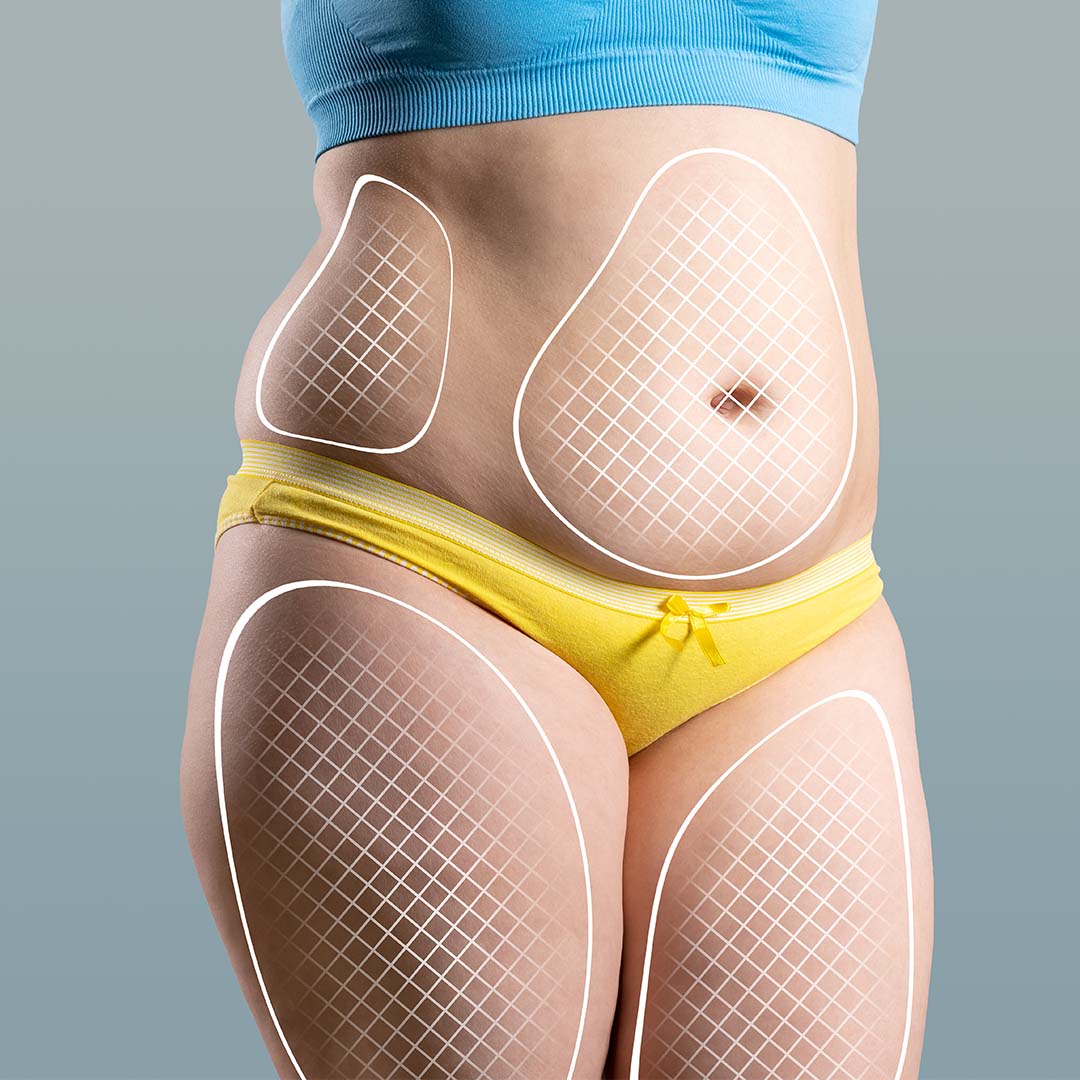360 Degree Body Lift
The 360-degree body lift surgery is a surgical procedure designed for individuals who have experienced significant weight loss or have deformities in their body. Despite shedding excess weight, these individuals often face various issues, including noticeable skin sagging and deformities throughout their bodies. These issues typically result from a loss of skin elasticity. The 360-degree body lift surgery aims to address these concerns and fulfill the aesthetic expectations of patients. It encompasses the correction of deformities in the face, arms, legs, and breast regions, among others.
Unlike other body lift procedures, what sets the 360-degree body lift apart is that it involves incisions that extend to the back, hence its name. This surgery is performed under general anesthesia. During the procedure, excess skin and fat are removed, the waistline is sculpted, and muscles are tightened.

How Is the 360-Degree Body Lift Performed?
The 360-degree body lift surgery is performed under general anesthesia. It entails the removal of sagging abdominal skin and the reshaping of the waist and abdominal areas. A surgical incision is made along the bikini line, extending laterally towards the waist, encompassing the entire body. This incision facilitates the removal of excess skin, providing support to the sagging buttocks and pubic region. It also addresses muscle laxity in the abdominal wall and reshapes and repositions the belly button for a more aesthetically pleasing result.
Who Is a Candidate for the 360-Degree Body Lift?
The body lift procedure is suitable for individuals who have been unable to get rid of stubborn fat and excess skin, even with regular exercise. It is also a viable option for those who have experienced skin sagging, cellulite, stretch marks, and desire body contouring after liposuction.
The 360-degree body lift surgery is suitable for individuals with a body mass index (BMI) of 30 or lower. You can calculate your BMI by dividing your weight by your height squared. If your result is 30 or less, you are generally a suitable candidate for the body lift procedure.
360-Degree Body Lift Surgery Aftercare
In the first 5-6 days after the surgery, patients may find it challenging to walk upright due to tension around the suture area. Initially, patients should not force themselves to walk upright, instead, taking small steps and leaning slightly forward. The use of a corset during the first month can enhance patient comfort by supporting the internal stitches and muscles. During the recovery period, it is essential to avoid strenuous exercises or activities that might strain the abdomen.
Recovery Period After 360-Degree Body Lift Surgery
The recovery period following the surgery can vary depending on the specific surgical procedure. In some cases, patients may require hospitalization for up to two nights following the surgery. After the operation, there is typically a one-week recovery period. Patients can return to work within 3-4 weeks and can resume regular exercise after 6-8 weeks.
How Long Does 360-Degree Body Lift Surgery Take?
360-degree body lift surgeries usually take around 4-5 hours to complete. The duration can vary depending on the specific surgical procedures, and the addition of liposuction may slightly extend the surgical time.
Does 360-Degree Body Lift Surgery Leave Scars?
Surgical scars from the 360-degree body lift surgery are strategically placed to be concealed under clothing. Initially, these scars may appear somewhat red for up to a year, but they eventually become less prominent and fade.
Is Weight Loss Achieved with 360-Degree Body Lift Surgery?
The 360-degree body lift surgery is primarily performed to address aesthetic issues and sagging skin rather than weight loss. However, depending on the amount of fat and skin removed during the surgery, some weight loss may occur.

















